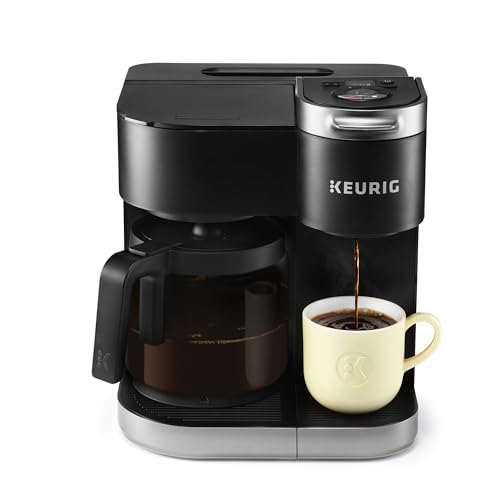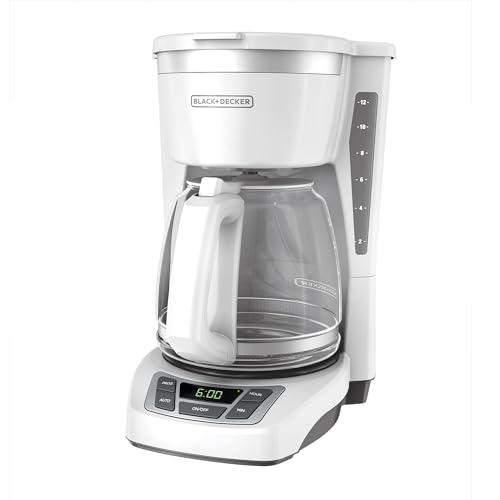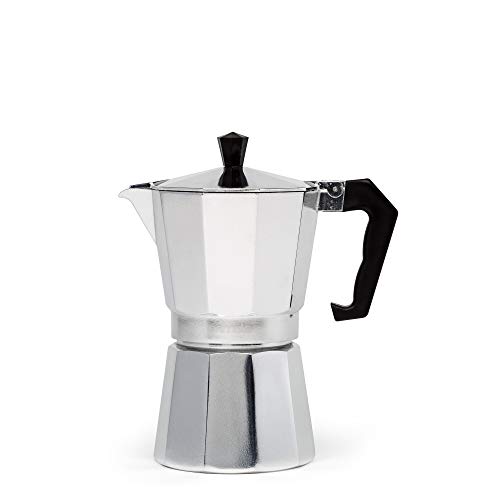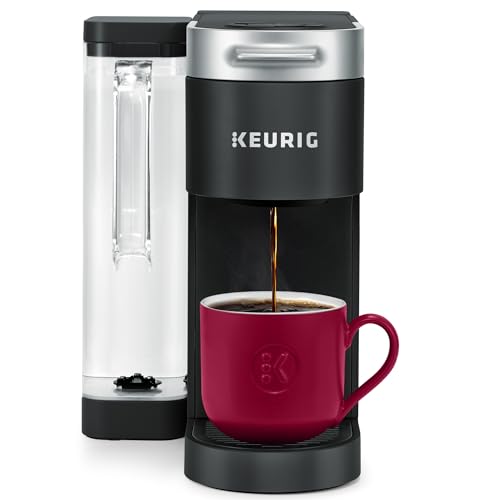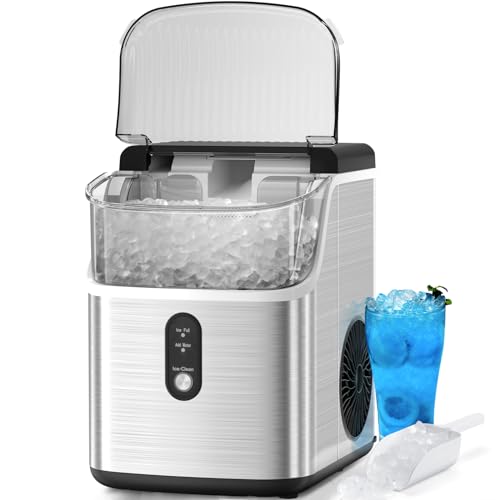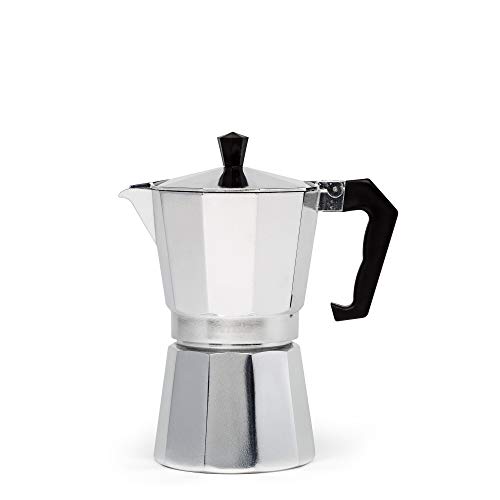“Can Ice Makers Make You Sick?” This question might seem unusual, but it’s a crucial concern that deserves attention. Most of us love the convenience of ice makers, especially during the hot summer months. However, seldom do we contemplate potential health issues.
Ice makers, like any other appliance, require regular maintenance for optimal function. Poorly maintained machines could harbor harmful bacteria, leading to unexpected health complications.
In the following sections, we’ll delve into the conditions under which an ice maker could potentially cause illness. We will also discuss steps you can take to ensure that your ice maker remains a safe and efficient tool in your home or business.
Can Ice Makers Make You Sick?
Yes, ice makers can potentially make you sick, especially if they are not regularly cleaned and maintained. Over time, ice makers can become a breeding ground for bacteria and molds such as Listeria, E. Coli, and Salmonella.
These microorganisms thrive in damp environments and can easily contaminate the ice, leading to food poisoning or gastrointestinal disorders when consumed.
Listeria, for instance, is a type of bacterium that causes listeriosis, a serious infection that can result in fever, muscle aches, nausea, or diarrhea. Similarly, E. Coli and Salmonella, commonly found in poorly maintained ice machines, can lead to severe stomach cramps, diarrhea, and even kidney failure in severe cases.
The risk of illness increases significantly if the ice comes into contact with contaminated hands or tools during its transfer from the ice maker to the consumer’s drink. This cross-contamination can rapidly spread the bacteria to a large number of people, especially in settings like restaurants or office buildings where ice machines are commonly shared.
The good news is that these health issues are largely preventable with regular cleaning and maintenance of your ice maker. By ensuring that your machine is sanitized at regular intervals, you can greatly reduce the risk of bacterial contamination and enjoy the convenience of your ice maker without worry.
How to Properly Clean and Maintain an Ice Maker
Regular maintenance of an ice maker begins with consulting the user manual. Each model has its unique cleaning requirements, which should be followed to the letter. Typically, this involves turning off the machine, draining the water system, and removing the ice bin for a thorough clean.
Cleaning products used should be non-abrasive and non-toxic, ensuring they do not harm the machine or leave harmful residues. Commercial ice machine cleaners are available, but a simple mixture of vinegar and water can also be effective. The mixture should be applied to the machine’s interior and any removable parts, ensuring all areas are treated.
After cleaning, the next step is sanitizing. This process eliminates any lingering bacteria or mold that survived the cleaning process. A solution of bleach and water, followed by thorough rinsing and drying, should suffice. Never skip this step, as it is crucial in preventing bacterial build-up.
Maintenance also involves checking the machine’s components regularly. Filters should be changed and water lines inspected for blockages. Regular system checks will help identify any mechanical issues before they escalate and affect the machine’s performance.
Lastly, consider a professional service for an in-depth maintenance process. This service can identify and rectify potential problems early, extending the machine’s lifespan, and ensuring it continues to produce safe, clean ice.
In conclusion, regular cleaning and maintenance are the key to preventing your ice maker from making you sick. By following these steps, you can enjoy the convenience of your ice maker, confident in the knowledge that the ice it produces is safe for consumption.
Common Symptoms of Food Illness from Unclean Ice Makers
Foodborne illnesses originating from contaminated ice can exhibit several common symptoms, depending on the specific pathogen involved. They usually strike within a few hours to a few days after consumption of the contaminated ice.
For instance, infection with E. Coli can lead to severe stomach cramps, watery or bloody diarrhea, and vomiting. Symptoms often appear three to four days after exposure, though they can appear anywhere from one to ten days later.
Salmonella, another common pathogen found in dirty ice makers, can cause symptoms like diarrhea, fever, and abdominal cramps that appear 12-72 hours after infection. These symptoms typically last for 4 to 7 days, and most people recover without treatment.
Listeriosis, a more serious infection caused by Listeria, presents differently. It can cause flu-like symptoms, including fever and muscle aches, preceded by gastrointestinal symptoms like diarrhea. In severe cases, listeriosis can cause headaches, stiff neck, confusion, loss of balance, and convulsions.
In conclusion, while the symptoms of foodborne illnesses can vary, they often include gastrointestinal discomfort, particularly diarrhea and vomiting. If you experience these symptoms and suspect they might be associated with consumption of ice from an unclean ice maker, it’s vital to seek medical advice promptly.
Tips on Storing and Using Ice Safely
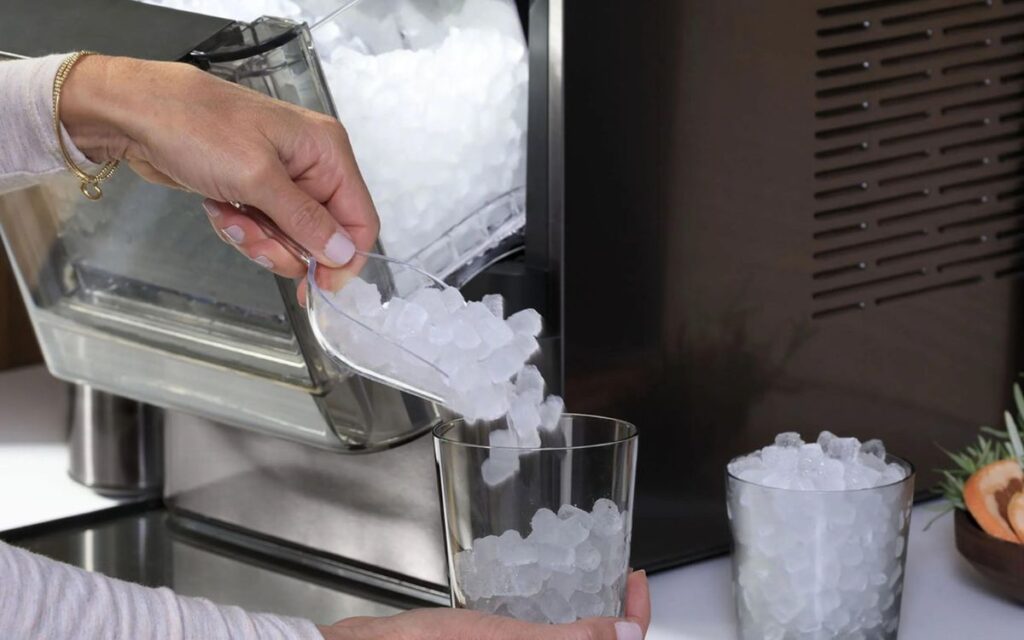
Storing and using ice safely is crucial to preventing the spread of foodborne illnesses. One important tip is to always use clean, sanitized scoops when handling ice. Never use glassware or your bare hands, as these can easily introduce bacteria and other contaminants.
Make sure to store ice scoops in a clean, dedicated container, not directly in the ice bin. This prevents the scoop from becoming a source of contamination. Also, always wash your hands thoroughly before handling the ice scoop.
When it comes to storage, the temperature of your ice bin matters. Keep the bin as cold as possible to inhibit bacterial growth. Regularly check the bin’s temperature to ensure it stays below freezing.
To maintain the cleanliness of your ice, consider investing in an ice dispenser. Dispensers limit direct contact between the ice and users, reducing the chances of cross-contamination. They are particularly useful in communal settings such as offices or restaurants.
Remember, the safety of your ice is only as good as the water used to make it. Use filtered water for your ice to ensure it’s free from impurities and contaminants. Regularly check the condition of your water filters and replace them as necessary.
Lastly, don’t forget to regularly clean and sanitize your ice bin and dispenser. Like the ice maker, these components can harbor bacteria and mold if not properly maintained. Keep to a regular cleaning schedule to ensure your ice storage and dispensing equipment remain safe to use.
Final Thought
While ice makers are convenient appliances, they require consistent care and attention to prevent illnesses. Exposure to bacterial contamination from ill-maintained ice makers can lead to severe health issues. It’s crucial to remember that prevention is always better than cure.
By following the appropriate cleaning, sanitizing, and maintenance procedures, you can ensure the safety of your ice. This includes using proper ice handling and storage practices, as well. Regular checks on the machine’s performance and the cleanliness of the ice it produces are essential.
In conclusion, while ice makers can potentially make you sick if not properly maintained, conscientious care and regular cleaning can greatly mitigate this risk. With these measures in place, you can continue to enjoy the convenience of your ice maker without worry.
